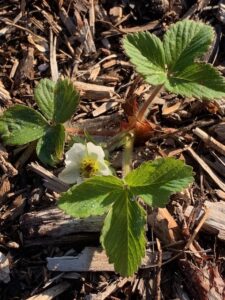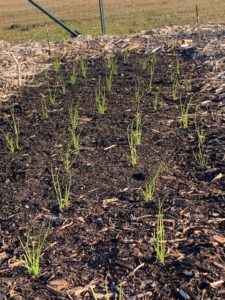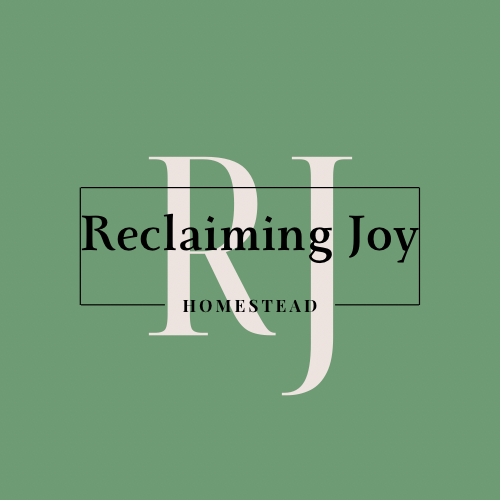The No Till Gardening Method has helped me have a successful garden that I can manage. Setting up the garden initially will involve some work but after that the labor is less than a traditional garden. It is the healthiest and most cost effective approach to gardening.

I rented a tiller the first year we bought our farm. My father helped me set up gardening rows and together we planted a 50×50 foot garden. I was so proud of that garden. A month later the rainy season came and flooded the garden for weeks. I salvaged some of the garden, but it was devastating.
I came across Charles Dowding and his No Till Gardening Method. It made the most sense for me. With this method, you have raised beds at no extra cost. You will get a workout setting up the garden initially, especially if it is large. Once that’s done, you’ll have much less maintenance compared to a standard garden. The appeal to me was that I would have raised beds without having to build frames, I wouldn’t need to rent a tiller every year, and the maintenance was more manageable. Once I switched over, I never had another flooding issue.
Start No Till Gardening
- The first step is laying down a double layer of cardboard. Don’t use any with a plastic coating and remove any tape or staples. I got cardboard from the grocery store on a large delivery day.
- Soak the cardboard with the gardening hose. This will help it break down a little faster.
- Spread compost over the cardboard. The compost should be between four and six inches deep.
- Start planting directly into the compost.
- Every year refresh the garden beds by adding an inch of compost.

Did you know that many towns offers free compost and mulch? There are some downsides but with the savings, it was worth it. Often the compost is still hot and not ready to use. Get the compost a year ahead. Set it close to the garden but where it isn’t an eye sore. Occasionally there is a little bit of trash in the compost. As you are spreading the compost over the garden, you will want to have a bucket handy to throw any waste in. It’s not that much and you are doing something good for the planet.
Low maintenance does not mean no maintenance. It is very important to mow the perimeter of the garden. If not, the weeds will start to take over the sides and become a problem. You still have to weed but it is less than most gardens. Have rows set up in the garden divided by lanes covered in mulch (you can get this for free in most towns also). It will make it easier to work in between the rows with a wheelbarrow.
